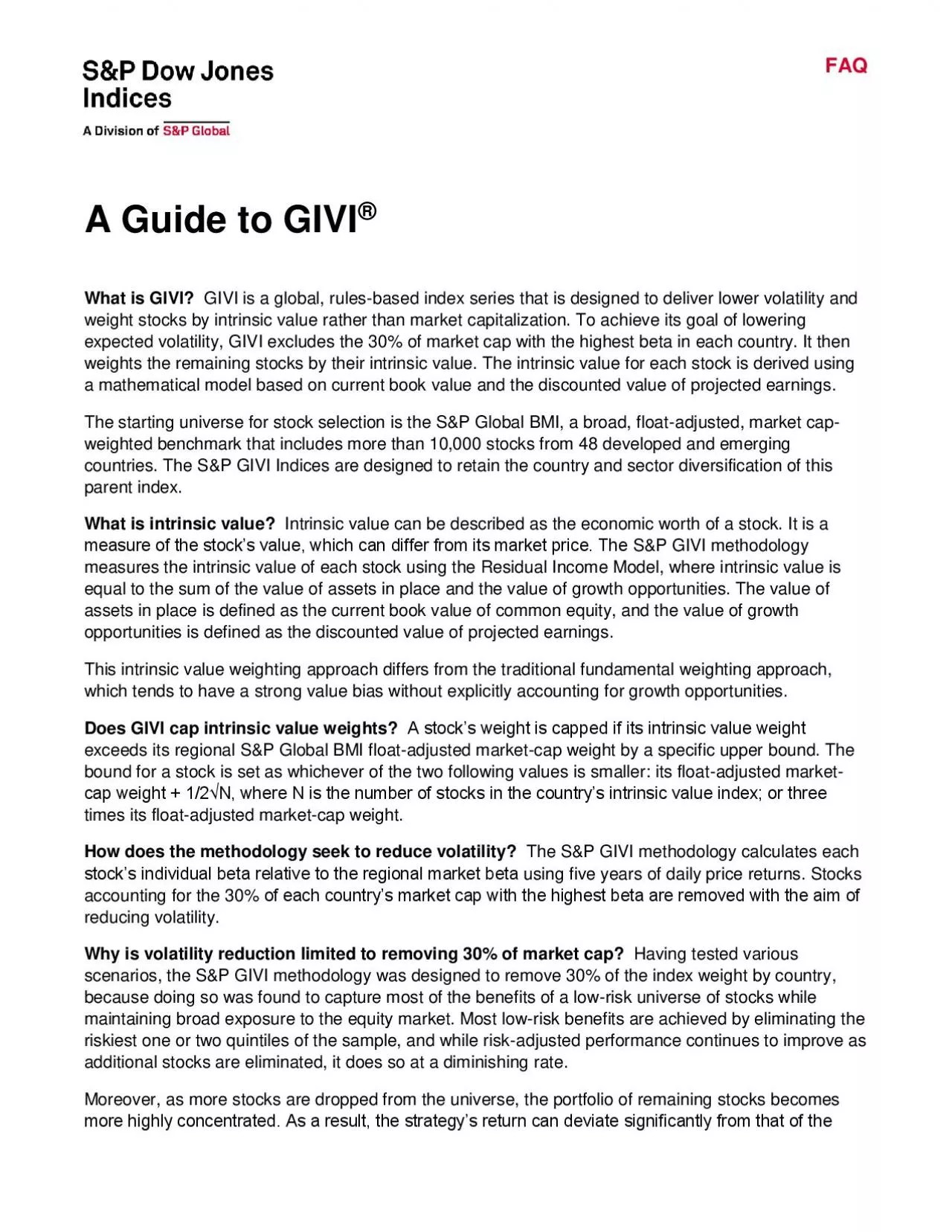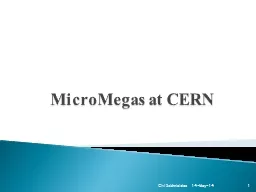PDF-A Guide to GIVI
Author : eliza | Published Date : 2021-08-17
FAQWhat is GIVIGIVI is a global rulesbased index series that is designed to deliver lower volatility and weight stocks by intrinsic value rather than market capitalization
Presentation Embed Code
Download Presentation
Download Presentation The PPT/PDF document "A Guide to GIVI" is the property of its rightful owner. Permission is granted to download and print the materials on this website for personal, non-commercial use only, and to display it on your personal computer provided you do not modify the materials and that you retain all copyright notices contained in the materials. By downloading content from our website, you accept the terms of this agreement.
A Guide to GIVI: Transcript
Download Rules Of Document
"A Guide to GIVI"The content belongs to its owner. You may download and print it for personal use, without modification, and keep all copyright notices. By downloading, you agree to these terms.
Related Documents














![[PDF READ ONLINE] The ABA Complete and Easy Guide to Health Care Law: Your Guide to Protecting](https://thumbs.docslides.com/1020304/pdf-read-online-the-aba-complete-and-easy-guide-to-health-care-law-your-guide-to-protecting.jpg)